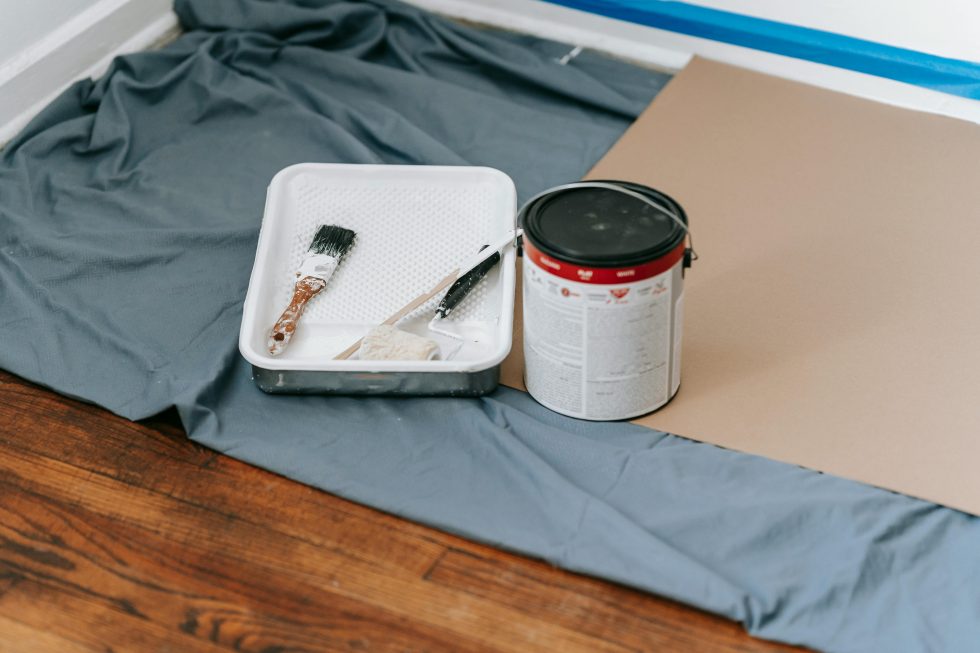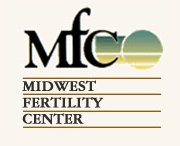
Pregnancy is an exciting and transformative time, but it also brings with it heightened concerns about health and safety. While it’s common to focus on diet and exercise, another essential aspect of a healthy pregnancy is reducing exposure to certain chemicals. Many everyday products, from household cleaners to personal care items, contain potentially harmful chemicals that could affect the development of your baby. Here’s a guide to understanding which chemicals to avoid and how to limit your exposure during pregnancy.
1. Bisphenol A (BPA)
Where it’s found
Plastics (water bottles, food containers)
Canned foods (in the lining)
Receipts (thermal paper)
Why avoid it
BPA is a chemical used to make plastics and resins. It is known to disrupt hormonal balance by mimicking estrogen. Studies suggest that BPA exposure during pregnancy could increase the risk of developmental disorders, including behavioral issues in children.
How to avoid BPA
Choose BPA-free products (look for the label on plastics).
Avoid heating food in plastic containers, as heat can release chemicals.
Opt for glass, stainless steel, or BPA-free containers.
Reduce the use of canned foods and prefer fresh or frozen alternatives.
2. Phthalates
Where it’s found
Personal care products (shampoos, lotions, perfumes)
Vinyl flooring
Plastic food containers and wraps
Why avoid it
Phthalates are used to soften plastics and are commonly found in personal care products. They can interfere with hormone function and have been linked to birth defects, especially in male infants, affecting the reproductive system.
How to avoid phthalates
Look for products labeled as “phthalate-free.”
Use natural, fragrance-free personal care items.
Avoid plastic containers marked with recycling codes 3 (which often contain phthalates).
3. Parabens
Where it’s found
Cosmetics (makeup, moisturizers)
Shampoos, conditioners
Sunscreens
Why avoid it
Parabens are preservatives used in cosmetics and skincare products to prevent bacterial growth. However, they can mimic estrogen and potentially disrupt the endocrine system. There are concerns that long-term exposure may affect fetal development, although research is still ongoing.
How to avoid parabens
Check labels for ingredients ending in “-paraben” (like methylparaben or propylparaben).
Opt for paraben-free beauty and skincare products.
Explore organic and natural alternatives for personal care.
4. Pesticides
Where it’s found
Fresh fruits and vegetables (conventional, non-organic produce)
Garden products (weed killers, insecticides)
Household pest control sprays
Why avoid it
Pesticides are chemicals used to protect crops from pests but can have toxic effects on humans when ingested or inhaled. During pregnancy, pesticide exposure has been linked to birth defects, developmental delays, and learning disabilities.
How to avoid pesticides
Buy organic produce whenever possible, especially for items on the “Dirty Dozen” list (produce with the highest pesticide residue, like strawberries, spinach, and apples).
Wash all fruits and vegetables thoroughly.
Avoid using pesticides or insecticides in and around your home.
5. Lead
Where it’s found
Old paints (homes built before 1978)
Contaminated soil or water
Some imported toys and ceramics
Why avoid it
Lead exposure during pregnancy can be dangerous, as it crosses the placenta and can harm a developing baby’s brain and nervous system. This can lead to developmental delays, lower IQ, and other cognitive issues in children.
How to avoid lead
If your home was built before 1978, consider having it tested for lead-based paint.
Avoid using old or imported ceramics for food storage or serving.
Filter your water, especially if you live in an older home with lead pipes.
6. Formaldehyde
Where it’s found
Furniture and building materials (pressed wood, particleboard)
Nail polishes
Household cleaners
Why avoid it
Formaldehyde is used in a variety of manufacturing processes, including the production of building materials and some beauty products. It’s classified as a human carcinogen and can irritate the respiratory system, with potential effects on fetal development.
How to avoid formaldehyde
Opt for furniture made from solid wood or products labeled as “formaldehyde-free.”
Use non-toxic, natural nail polishes and removers.
Ensure good ventilation when cleaning or painting.
7. Toluene
Where it’s found
Nail polish and nail polish remover
Paints and paint thinners
Household cleaning products
Why avoid it
Toluene is a solvent found in some nail polishes, paints, and cleaning products. It can affect the nervous system and has been linked to developmental problems and birth defects in animal studies.
How to avoid toluene
Use nail polishes labeled as “3-free” or “5-free,” which means they don’t contain toluene, formaldehyde, or other harmful chemicals.
Wear gloves and a mask when painting, or better yet, ask someone else to do it!
Use non-toxic or green household cleaners.
8. Perfluorinated Chemicals (PFCs)
Where it’s found
Non-stick cookware (Teflon)
Stain-resistant fabrics (carpets, furniture)
Fast food wrappers
Why avoid it
PFCs are used in the production of non-stick cookware and stain-resistant fabrics. They have been linked to reproductive issues, low birth weight, and developmental problems.
How to avoid PFCs
Use stainless steel or cast-iron cookware instead of non-stick pans.
Choose PFC-free carpets and furniture.
Minimize consumption of fast food, as packaging may contain PFCs.
Tips for Reducing Chemical Exposure During Pregnancy
Read Labels: Get into the habit of checking product labels for harmful chemicals. Ingredients like parabens, phthalates, and BPA are commonly listed.
Ventilate: If you’re using any products with strong smells (like paint or cleaning supplies), ensure the room is well-ventilated.
Go Natural: Consider using natural alternatives for cleaning and personal care products. Vinegar, baking soda, and essential oils make great substitutes for harsh cleaners.
Stay Informed: New research constantly emerges about the safety of various chemicals. Stay updated and make informed decisions about the products you use.
While it may seem overwhelming to avoid all potentially harmful chemicals during pregnancy, taking small steps can make a big difference. By being mindful of the products you use and making more natural, safer choices, you can create a healthier environment for yourself and your growing baby. Always consult with your healthcare provider https://mfcfamily.com/ if you have specific concerns or questions about chemical exposure during pregnancy.
